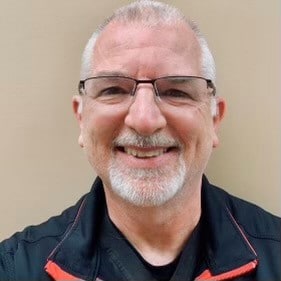
Every hour, almost 40 Americans suffer a cardiac arrest and fewer than one in 10 will survive. In 2018, there were more than 1,700 cardiac arrests in Jefferson County. Without critical medical care, that meant that less than 200 people in Jefferson County would have survived.
What can the average person do to help increase the odds of a person’s survival? Recognize the warning signs of cardiac arrest and learning bystander Hands-Only cardiopulmonary resuscitation (CPR)! Hands-Only CPR is CPR without mouth-to-mouth breaths. It is recommended for use by people who aren’t medically trained and see an adult suddenly collapse.
Warning signs of cardiac arrest:
- Chest discomfort or uncomfortable squeezing, fullness or pain in the chest (like an elephant sat on me feeling)
- Discomfort in the upper body, in one or both arms, back, neck, jaw or stomach
- Shortness of breath
- Nausea
- Lightheadedness
Understanding these critical warning signs can get a patient to important medical care before an arrest takes place. It is like tremors before an earthquake – listen to your body and get help right away! Call 911 and have the patient brought to one of our UofL Health – Emergency Departments.
If you discover that the person is unconscious, then you will need to act immediately:
- Call 911
- Listen to the operator closely and tell them where you are and what is happening. Put your phone on speaker!
- Do NOT hang up on the operator! They have important advice and support for you as you continue care.
- Check the area to make sure it is safe for you to approach and touch the person.
- Start Hands-Only CPR
- Find the center of the chest.
- Place one hand over the other, interlock your fingers and push down on the chest hard and fast.
- Pushing fast means at @120 pushes a minute (that is like humming the song “Stayin’ Alive” by the Bee Gees and keeping the beat).
- Push hard and about 2 inches deep. Make sure the chest is compressed.
- Continue these motions until help arrives.
By performing CPR, you are improving the chances of the person’s survival. Remember time is the muscle! So, it is critical to start CPR as soon as possible and for as long as possible to give the person their best chance to live. Remember that it could be a stranger, a friend or a relative who may need your help in an emergency.
Hands-Only CPR can be learned in less than two minutes and can mean a lifetime for someone else.
More resources are available from the American Heart Association.









